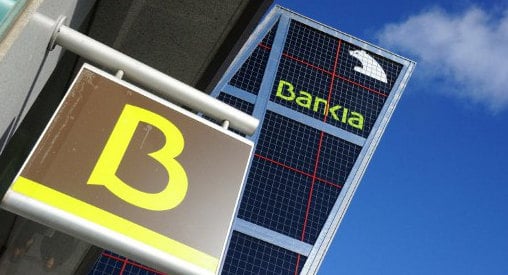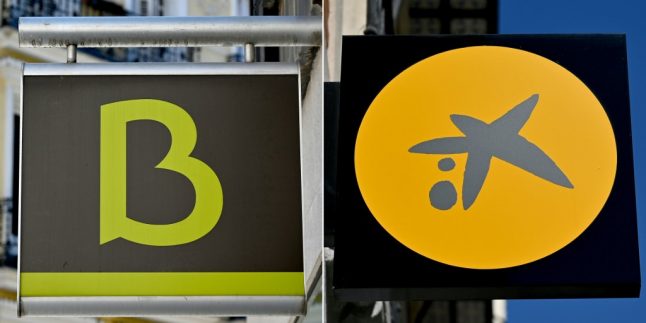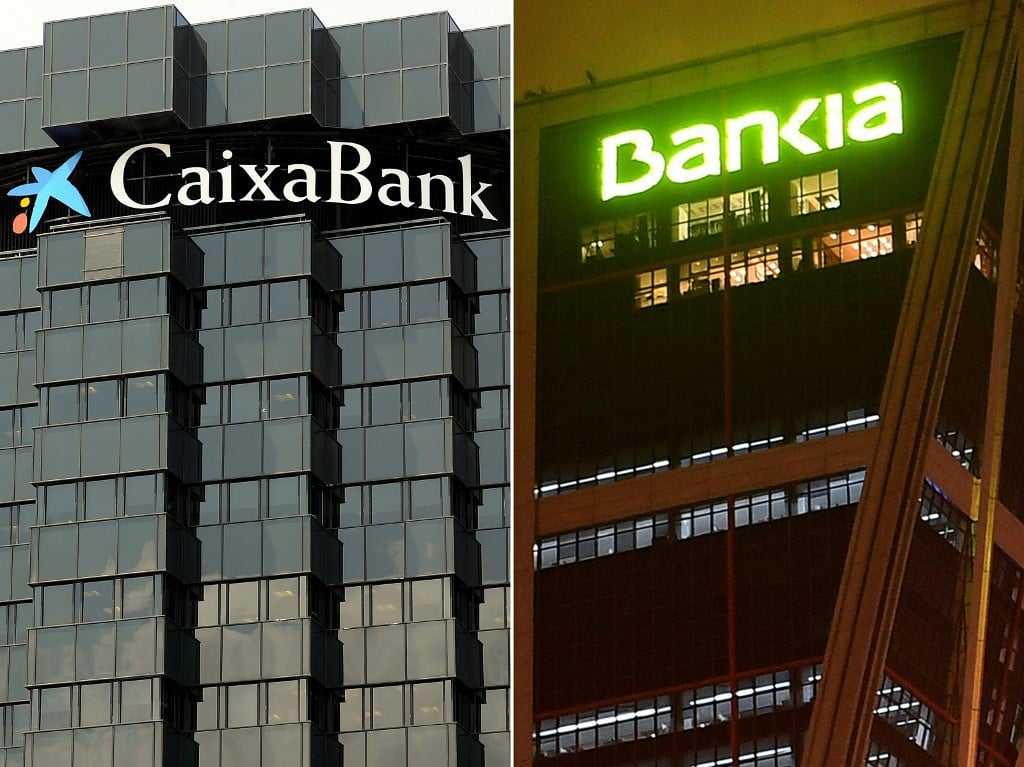Spanish 'bad bank' SAREB, considered key to cleaning up the country's financial system, said on Tuesday it had raised €14.1 billion ($18.3 billion) in funding as it prepared to take on billions in more bad loans.
The sale of the subordinated bonds, along with those placed earlier this month, will help SAREB absorb a second batch of bad loans later this week.
Four nationalized banks, including Bankia, transferred €36 billion in bad loans to SAREB last month as part of an effort to clean up balance sheet after Spain's property bubble burst in 2008.
Four other troubled lenders are to transfer billions more by Thursday.
Three banks, Caja3, CEISS and BancoMareNostrum (BMN) have announced they will unload around €11 billion in problem loans.
Liberbank has yet to announce how much in loans it will transfer.
SAREB is expected to eventually take on €55 billion in problem loans and assets.
Spain's eurozone partners insisted on the creation of a bad bank after they agreed in June to provide up to €100 billion to rescue the crippled banking system of the region's fourth-biggest economy.
SAREB has received some EU financing, but is attracting most of its funds from private investors.
SAREB takes on loans and assets from banks at a steep discount, opening up the potential for considerable returns in the years to come when the Spanish property market and economy recover.




 Please whitelist us to continue reading.
Please whitelist us to continue reading.
Member comments